PROTECT YOUR DNA WITH QUANTUM TECHNOLOGY
Orgo-Life the new way to the future Advertising by AdpathwayThe “No Kings” National Day of Action unfolded on October 18, 2025, drawing thousands in a nationwide protest against President Trump. With over 2,600 protests occurring from major urban centers to smaller towns, this event showcased a unified front against what many perceive as governmental overreach. Organizers, including Indivisible and the ACLU, described the protests as a necessary defense of civil liberties, reflecting widespread concerns about the state of democracy.
On the ground, the protests varied in style but shared a common theme of resistance. D.C. hosted a vibrant scene where demonstrators wore costumes and carried signs echoing sentiments from America’s revolutionary past. The tone was both serious and theatrical, as participants engaged in symbolic acts designed to evoke historical contrasts between tyrannical rule and democratic governance. A Marine Corps veteran, Daniel Aboyte Gamez, articulated this sentiment with a compelling reminder of the nation’s origins: “The United States was founded upon action against tyrants.” His words resonate deeply in a moment when many are questioning the integrity of their leaders.
Beyond the capital, the protests reflected a chorus of voices dissatisfied with the current administration. From students like Annalise Smith, participating in her first protest, to veterans like Brian Wofford advocating for rights, the diverse demographics highlighted broad-based discontent. The mobilization also featured performances and artistic expressions, including paper-mâché guillotines and Revolutionary War reenactments, which, while criticized by some, sought to inspire engagement and solidarity among participants.
While the scale of participation—an estimated 3 million marchers—suggests significant public discontent, the protests were not without controversy. Criticism arose promptly from some political figures who dismissed the rallies as spectacles devoid of real substance. For example, claims that the events were “hate America” protests hint at a growing partisan divide over public demonstrations and their meanings. Yet, the very presence of these massive gatherings signals that a segment of Americans feels displaced by the current political climate.
In the context of the protests, a legal framework provided by the ACLU emphasized a commitment to nonviolence and civil rights. By dispatching legal marshals and distributing informational materials, organizers sought to safeguard participants from potential law enforcement confrontations, aware of past incidents where protests turned chaotic. This proactive stance served to reinforce the importance of lawful and peaceful assembly, though critics still questioned the motivations behind the events.
Notably, while President Trump did not address the protests directly, he responded to their broader implications, asserting, “I’m not a king, I’m a president elected by the people.” His disregard for the demonstrations highlights a stark contrast in how leadership perceives dissent and the collective voice of the populace. The exchanges on social media displayed a similar divide, with commentary oscillating between mockery and support, underscoring the polarized nature of American discourse.
As Democratic figures used the events as a rallying point for upcoming elections, stating that the time to fight back is now, the question arises: Will this mobilization impact future policies? While some experts suggest the protests may not directly change policies, they could galvanize elected officials who oppose the current administration to act more boldly. The implications of this remain to be seen as the nation gears up for the 2026 midterms.
The “No Kings” protest reflects a persistent call for accountability and a reminder of citizens’ powers in a democracy. It amplifies the voices of those who feel disenfranchised and unrepresented, creating what organizers aim to be an “unignorable” message. Yet, with criticism that the focus on dramatic symbolism could alienate moderate voters, the journey ahead appears fraught with challenges and misinterpretations by various sides of the divide.
With millions taking to the streets, the protests’ significance may resonate well beyond the immediate political landscape, embedding themselves into the fabric of civil rights dialogue in America. As the dust settles in the aftermath, the lasting effects of this national day of action will be observed closely, particularly in arenas where passionate participation can influence voter turnout and ultimately, the balance of power.
"*" indicates required fields


 3 hours ago
6
3 hours ago
6

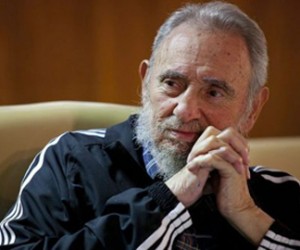





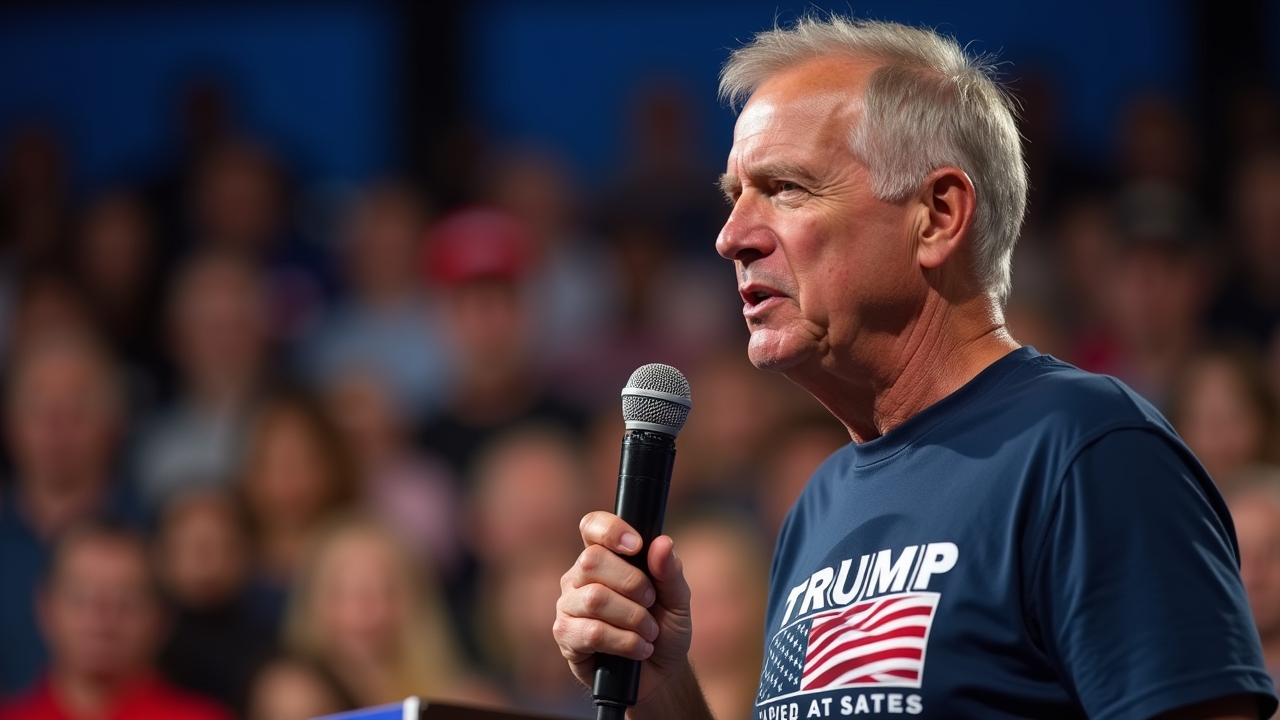

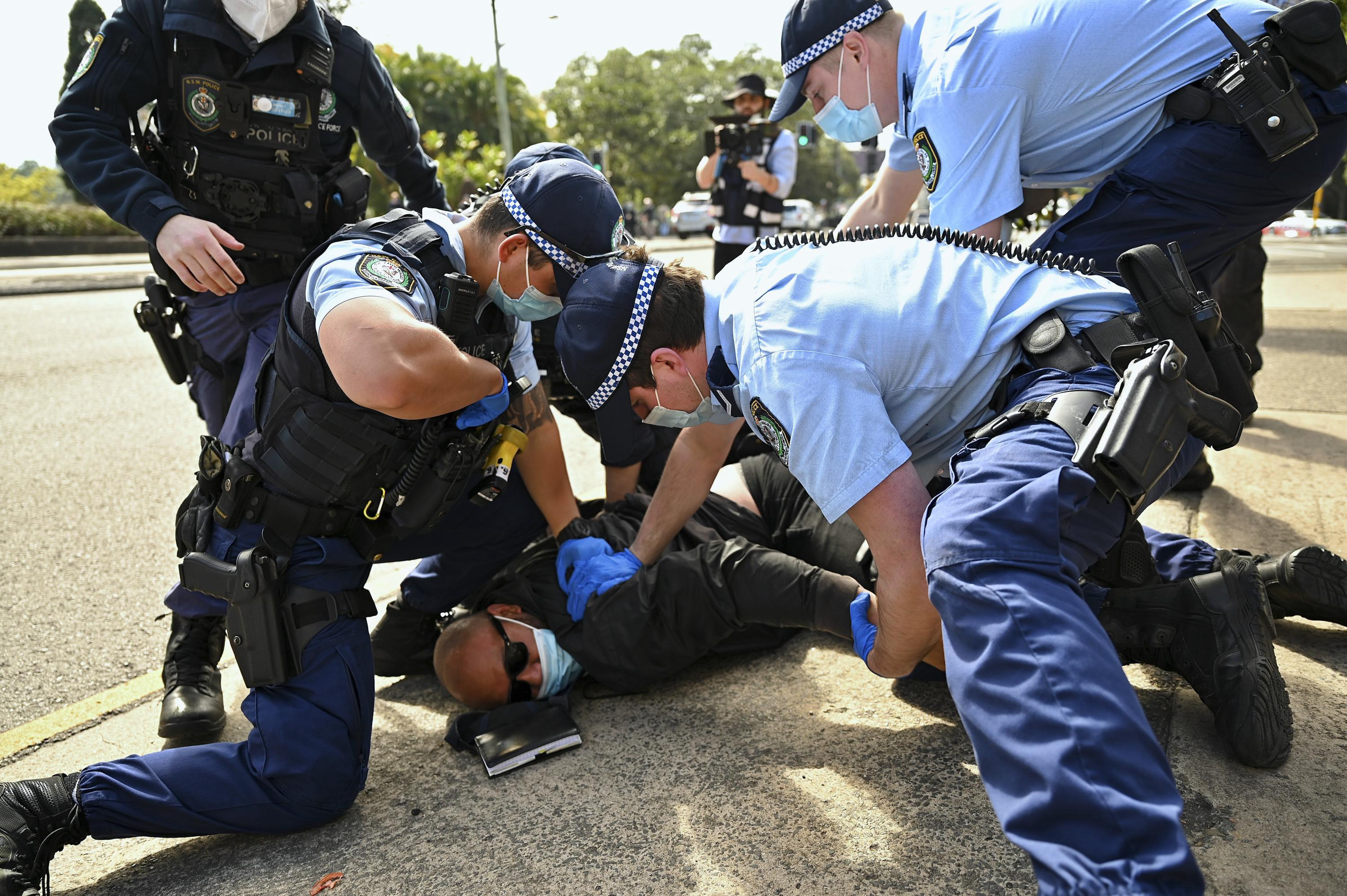
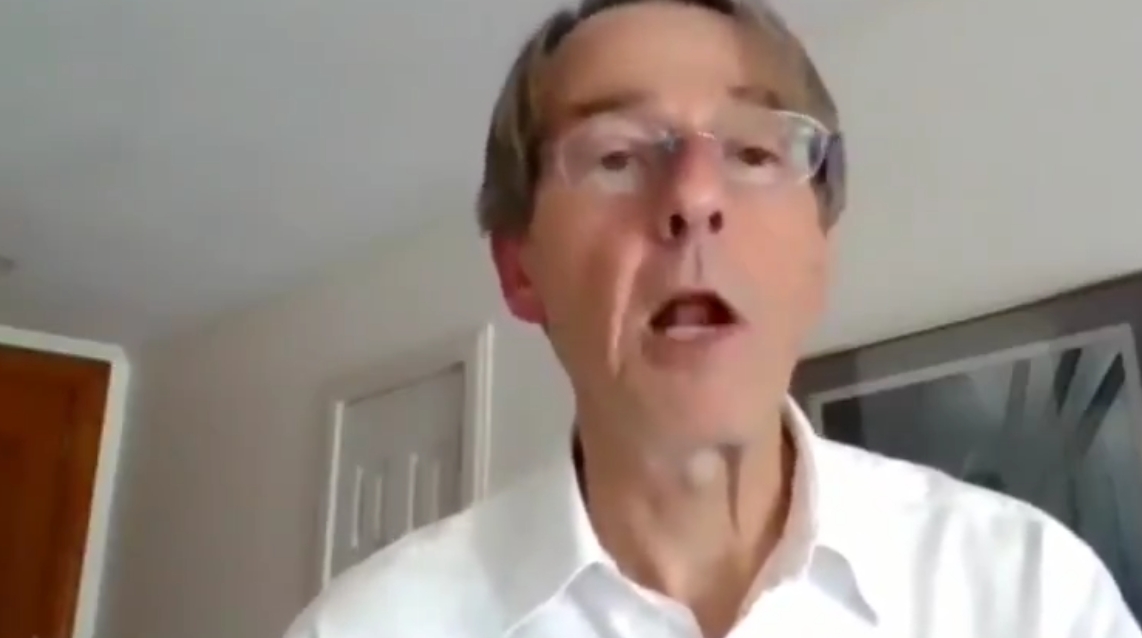
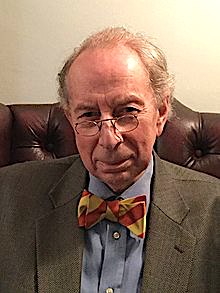


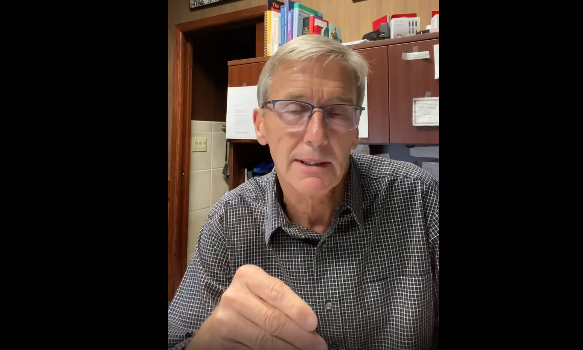
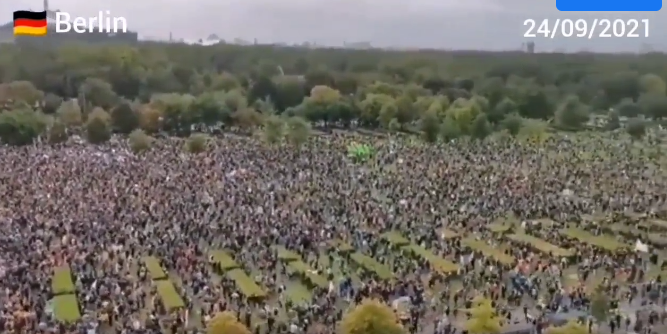
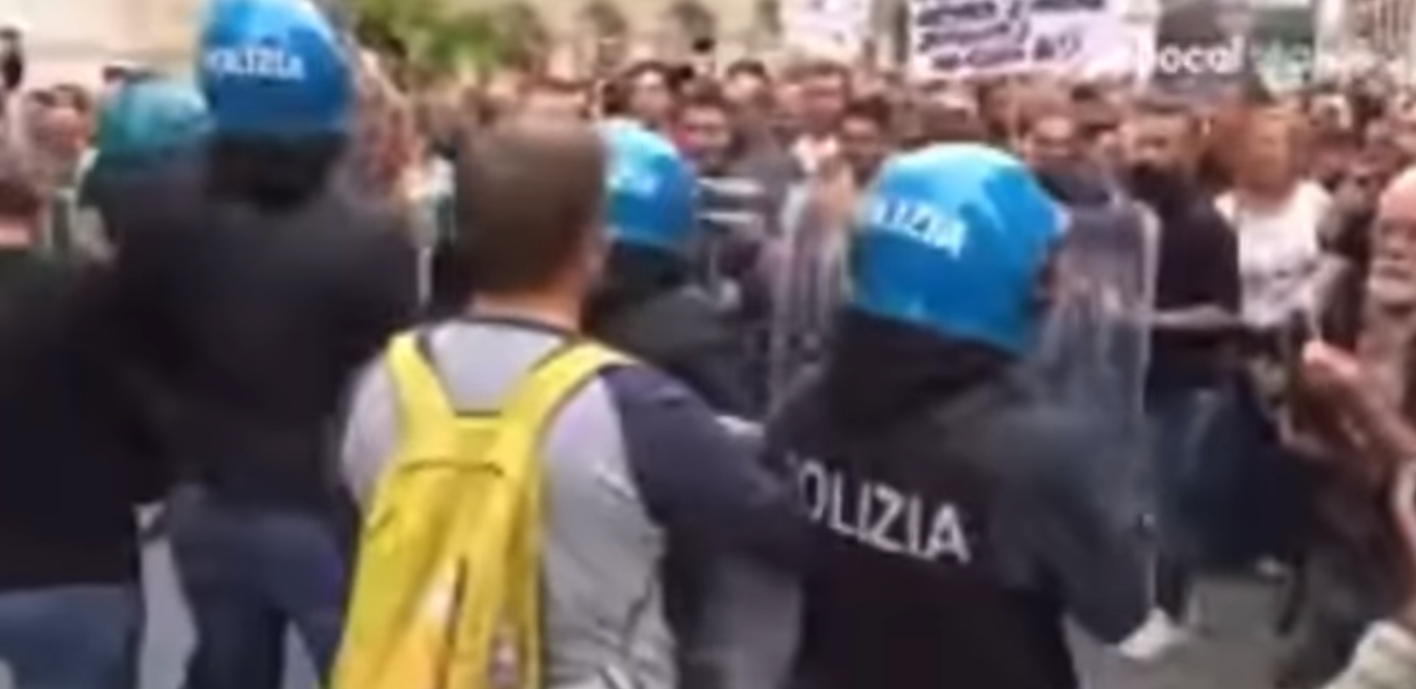
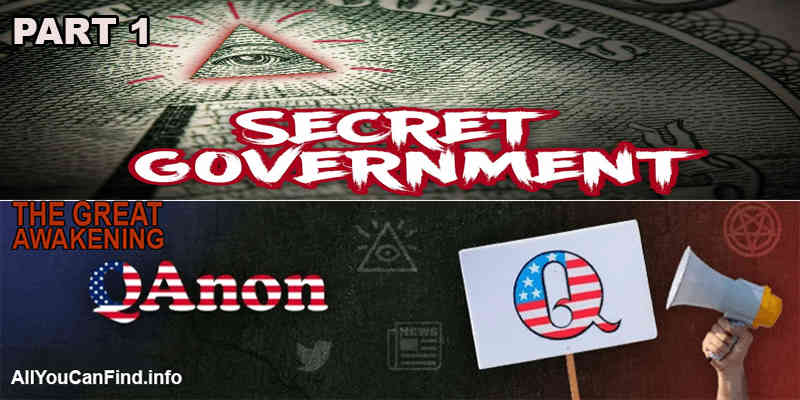
.jpg)
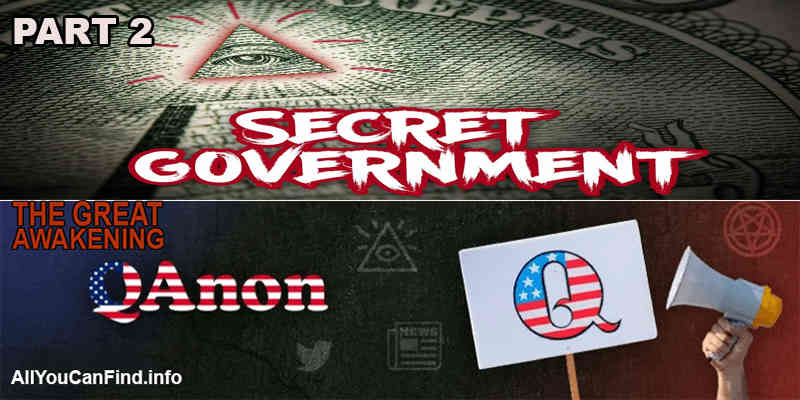
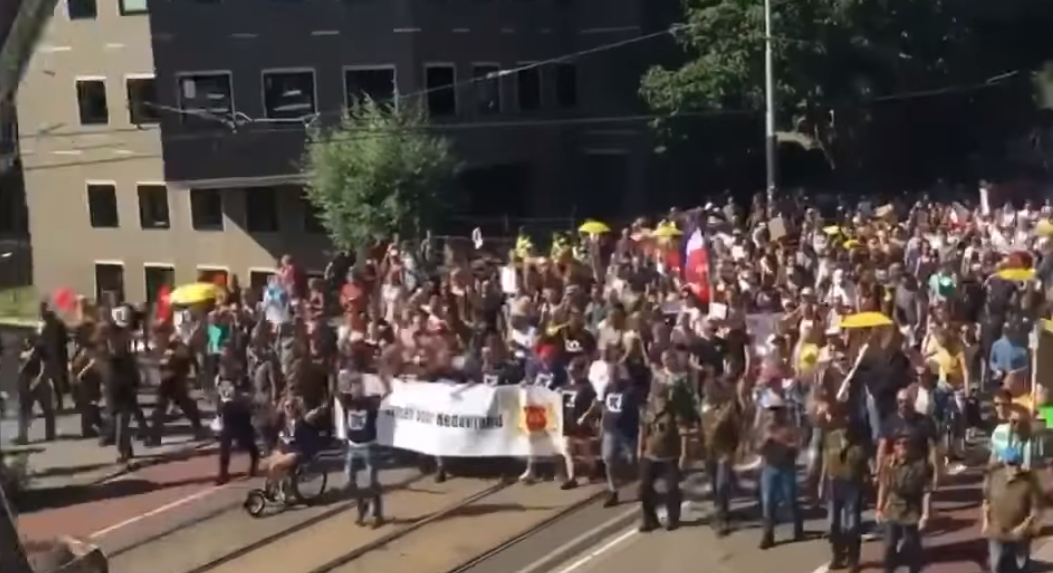

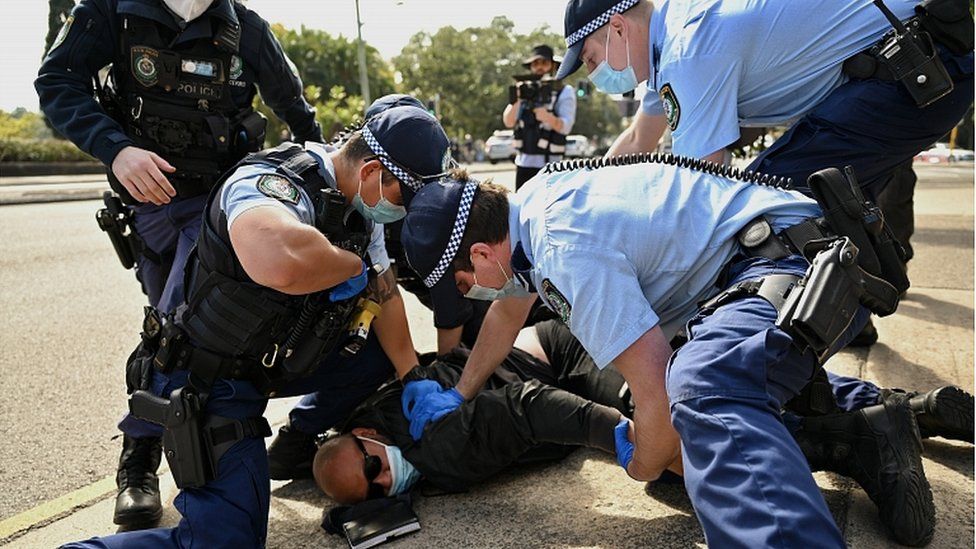
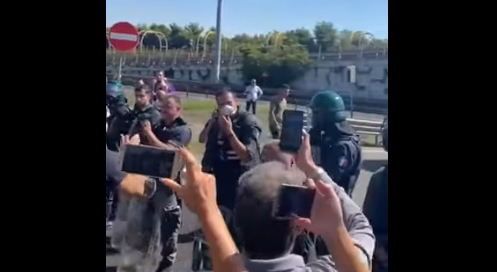

 English (US) ·
English (US) ·  French (CA) ·
French (CA) ·